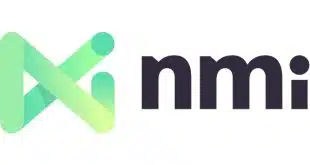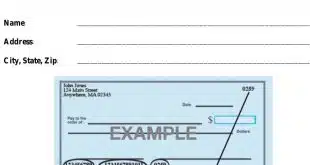With consumer fees rapidly trending downward, expedited bill payment may be turning into more of a service to cement customer relationships than a source of revenue. Indeed, the median fee for the service is now zero, compared to $2.50 in 2005, according to survey research recently completed by Javelin Strategy & Research. “That's a huge shift,” says Bruce Cundiff, senior analyst at the Pleasanton, Calif.-based firm and author of an upcoming study on the subject. The research also reveals a startling change in consumer preference toward the online channel for all bill payment, and in particular toward bank and credit union sites rather than biller sites. To be sure, total fee revenue from expedited bill pay?which banks and billers offer as a way for consumers to get same- or next-day credit for electronic payments?is growing substantially. It reached $1.26 billion in 2006, more than double the $574 million financial institutions and consumer-service companies earned in 2004, according to a Javelin forecast. But the average fee (as opposed to the median) fell sharply last year, to $5.64 from $6.67 in 2005. That fee will drop a full dollar in 2007 and will plummet to $3.14 by 2009. Increased activity will drive overall fee revenue to $1.7 billion that year. In Javelin's survey, in which it queried more than 3,300 consumers online in January, 51% reported they paid no fee at all, up dramatically from 39% in 2005. Banks and billers justify consumer fees, usually called convenience fees, for last-minute bill payments on the grounds that they allow consumers to avoid even higher late fees from service providers. Some 48% of consumers say they saved late charges ranging up to $19 by using expedited bill pay. Downward pressure on convenience fees is coming primarily from financial institutions moving into the expedited bill-pay market and offering the service at zero or near-zero pricing as a means to attract customers and extend relationships with existing ones, Javelin says. “Financial institutions really look to utilize this as the portal to nail down their customer base,” says Cundiff. Bill-payment processors have already started offering so-called real-time expedited payments, in which consumers can get near-instantaneous credit for electronic payments. The rock-bottom pricing for expedited payments also stems from banks' desire to move customers to online payment, where transaction costs are substantially lower than in other channels, such as telephone or mail, Cundiff adds. “There are a number of levers that can be pushed or pulled to drive this,” he notes. The effort to move consumers online seems to be paying off. Some 21% of consumers reported they were making more than one expedited payment each month, up from just 8% in 2005. Meanwhile, 51% said the online channel was their preferred method for bill payment generally, up from 47% in 2005. Looking at this data more closely, nearly one-third preferred their bank or credit union site specifically, with 19% citing individual biller sites. Only a year earlier, biller sites held the edge over financial-institution sites, 25% to 22%. Mailing checks, the most-preferred method in 2005 at 28%, increased to 30% but still fell short of the preference for bank sites (technically, a payment can be considered “expedited” if it is made within five days of the due date). Cundiff warns this shift to online payments means banks and billers may need to upgrade their technology to make it as nearly glitch-free as possible. “If they're going to compete in this [market], they need to make it easy and convenient, and ensure the payment is going to be made,” he says. For this year's survey, Javelin defined an online payment as one originating from any online-capable device, whether a personal computer or a handset. Next year, Cundiff says, it is likely the survey will break out mobile payments to take account of that rapidly developing subchannel.
Check Also
Nacha’s Top 50 Originators And Receivers Account for 94% of Payments Volume
The big automated clearing house network Nacha says the volume of ACH payments made at …






